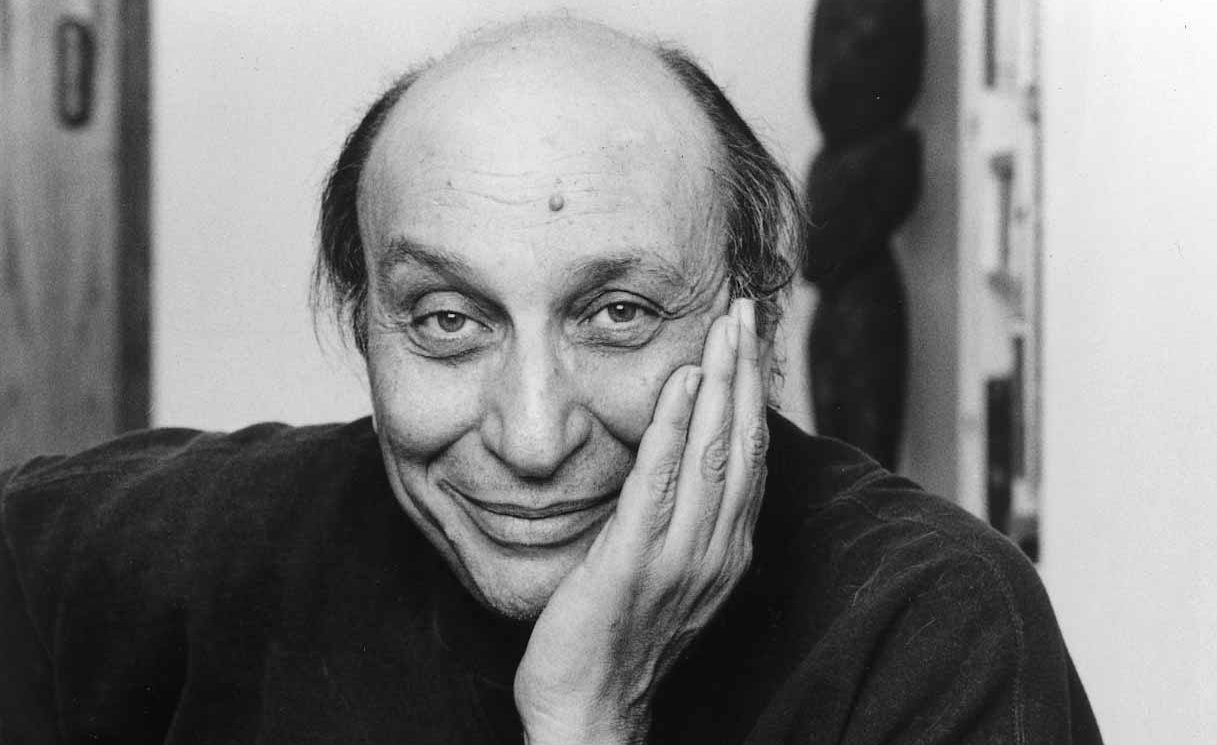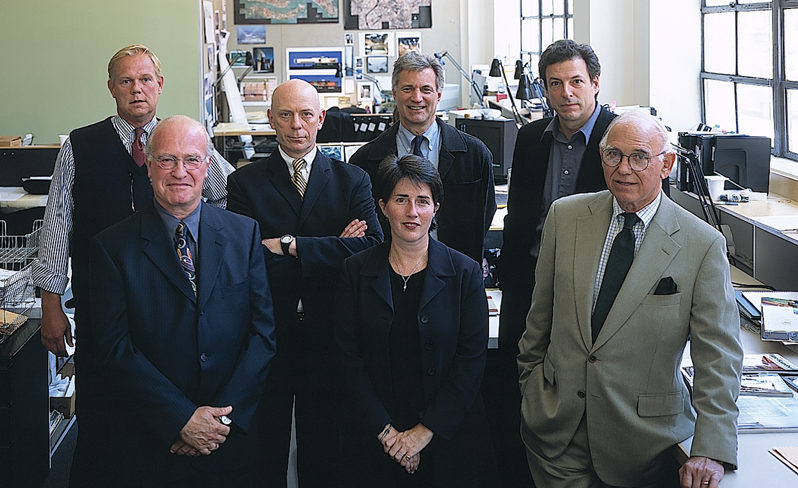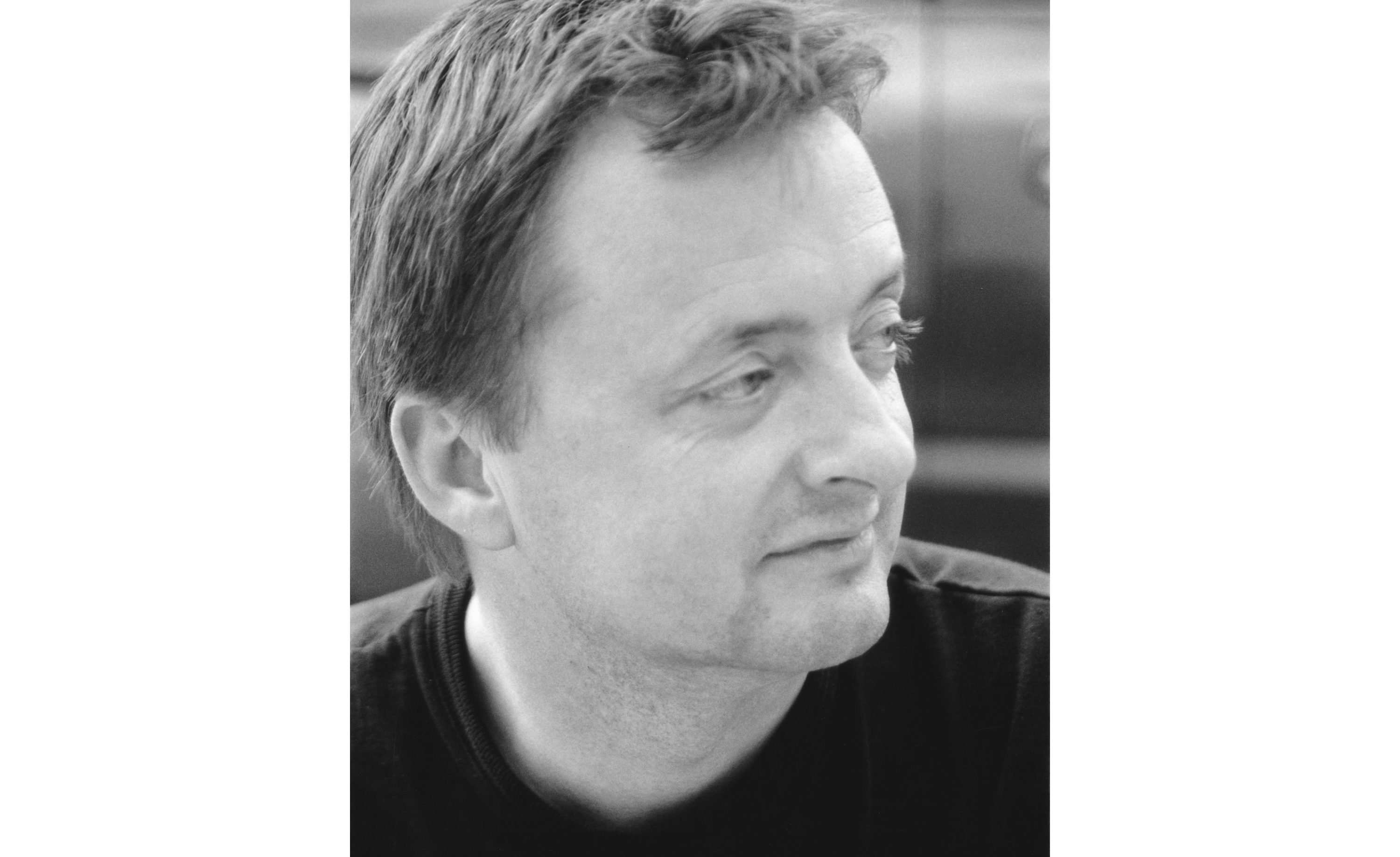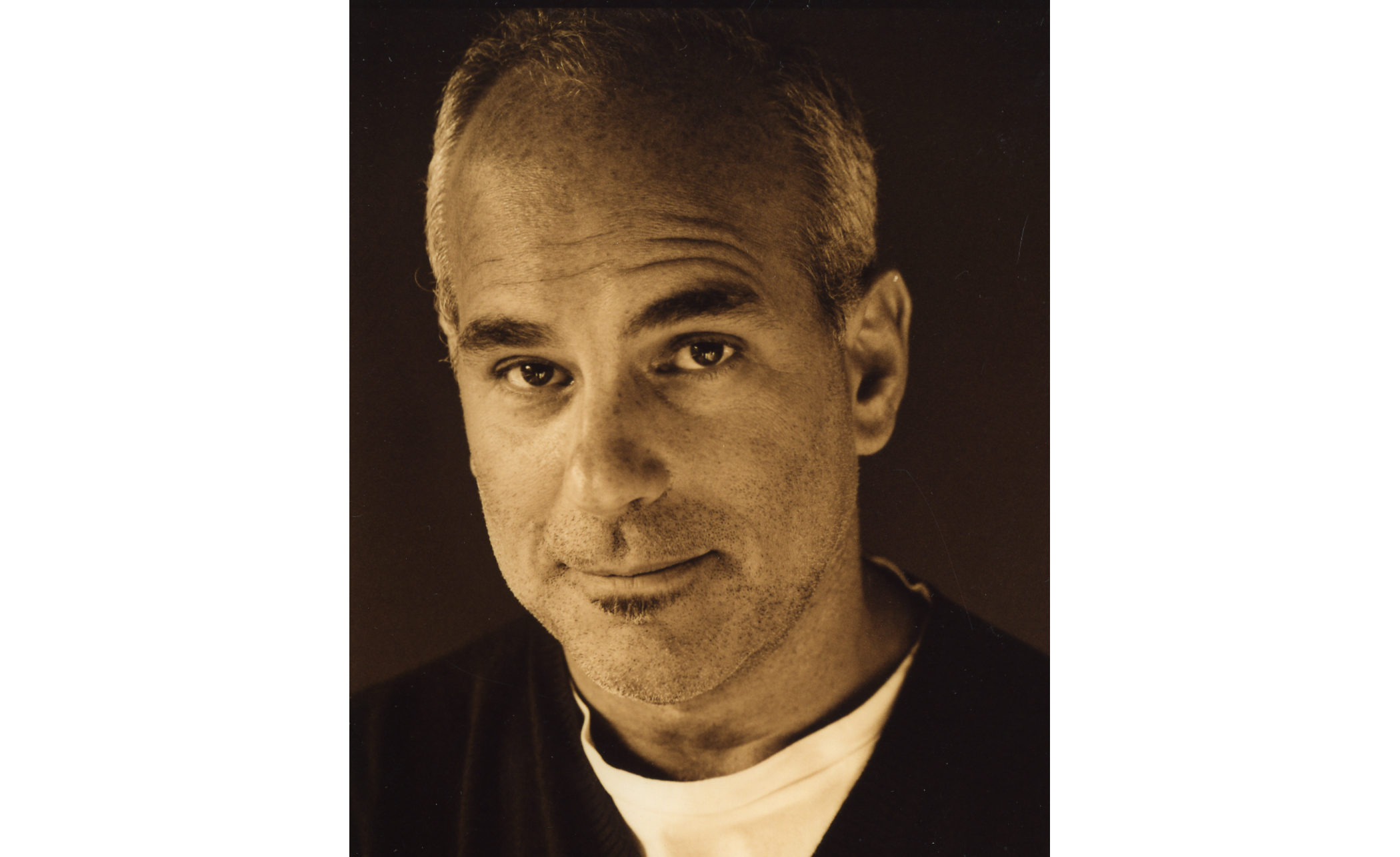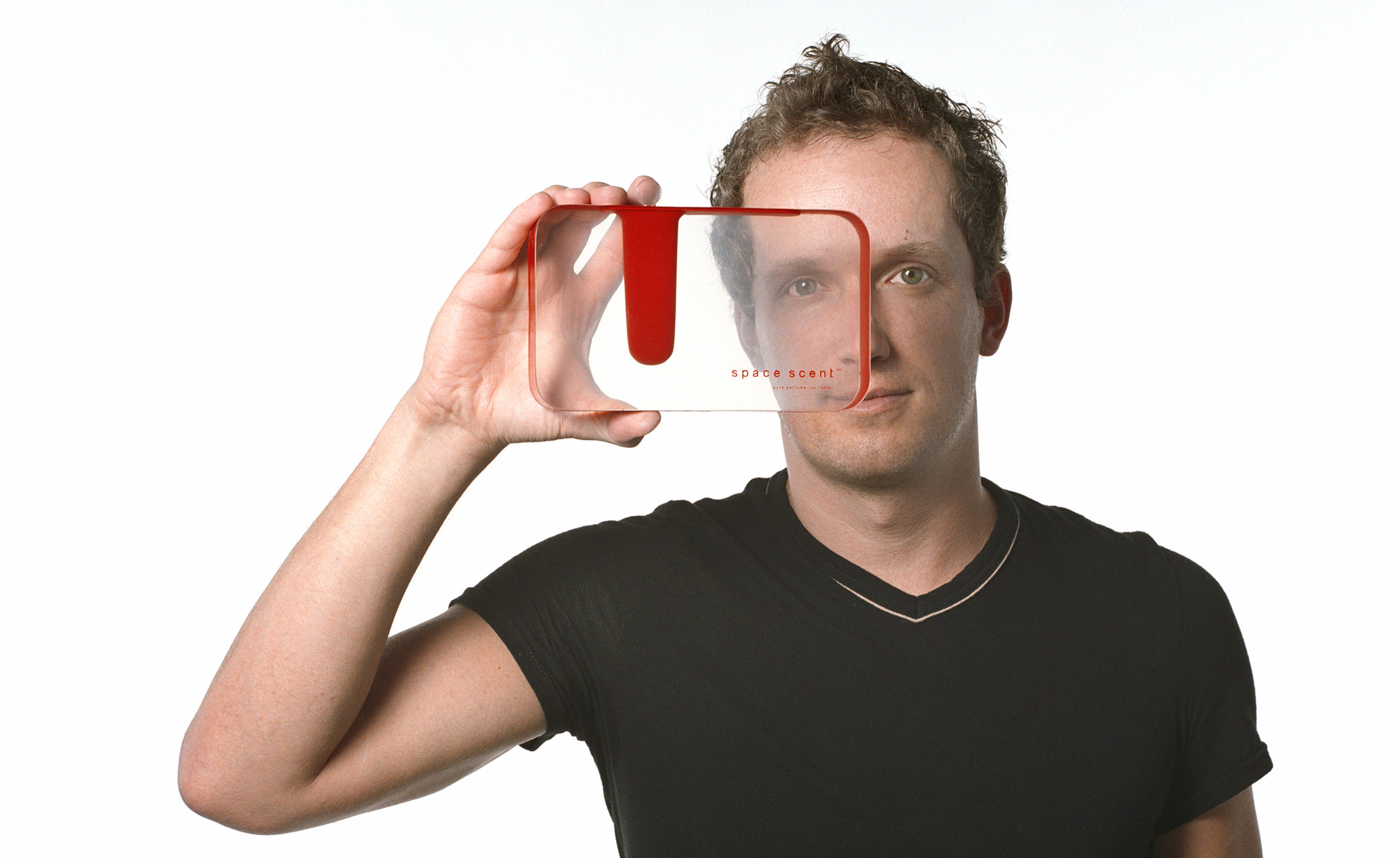2004 National Design Award Winners

Celebrate design
The National Design Awards program celebrates design as a vital humanistic tool in shaping the world, and seeks to increase national awareness of design by educating the public and promoting excellence, innovation, and lasting achievement.
Milton Glaser
Nearly all Americans today are familiar with Milton Glaser’s work as one of the pivotal figures in postwar graphic design and illustration. Born in the Bronx, and educated at Cooper Union and Bologna, Italy under a Fulbright grant to study with the painter Giorgio Morandi, Glaser is a profoundly influential master of communication, as well as a charismatic mentor and humanistic force for social change. His work is characterized by its masterful handwork, its love of storytelling, and its sense of joy. Glaser sees form making as “humankind’s most life-enhancing gift.”
Milton Glaser’s career spans more than fifty years and includes logos, ads, posters, portraits, newspapers, magazines, books, exhibitions, grocery stores and restaurants. In 1954, he co-founded Push Pin studios, partly to provide an alternative view of design to the then prevailing post-Bauhaus ideology. Characterized by humor, narration, decoration, historicism and parody, Push Pin’s work was showcased at the Musee des Artes Decorative at the Louvre and subsequently emulated around the world. In 1968, he co-founded New York Magazine, which became the prototype for city magazines and service journalism across the country. Among his other iconic works include the album cover for Bob Dylan’s Greatest Hits, the interiors for Windows on the World and the Rainbow Room, logos for Angels in America and the World Health Organization (the international AIDS symbol) and the world-famous I Love NY logo (post September 11th transformed into I Love NY More Than Ever).
Amanda Burden
Amanda M. Burden is Chair of the New York City Planning Commission and Director of the Department of City Planning. Museum Director Paul Thompson characterizes Burden as “a civic leader widely recognized for her generous community spirit and dedication to design excellence.” From 1983 to 1990, Burden was responsible for the planning and design of Battery Park City. Under Burden’s direction, the Department of City Planning is spearheading an unprecedented number of redevelopment efforts citywide. Burden has served as Chair of the Board of Creative Time, Inc. and as a member of the Boards of the Center for Arts Education, the Nature Conservancy, the Architectural League, and the Fund for the City of New York.
Aveda Corporation
Founded in 1978 and based in Minneapolis, the mission of Aveda Corporation (A-Veda = All-knowledge in Sanskrit) is rooted deeply in two things: design and responsibility. Aveda’s strives to develop solutions to problems by insisting on strong design and aesthetic standards, expressed within shifting parameters of materials and design processes that are “light on the planet.” The company’s attention to design excellence encompasses all levels of its endeavors: its products, packaging, printed materials, manufacturing facilities, retail stores and spas.
The first privately held company to endorse the CERES Principles (Coalition for Environmentally Responsible Economies) Aveda’s commitment to worldwide environmental leadership permeates its corporate culture. Aveda bottles and cartons contain one of the highest post-consumer content levels in the beauty industry and have won accolades for their ingenuity. Corporate publications have been recognized for high quality environmental printing standards by the AIGA and the Printing Industry of America. Stores and display cases utilize renewable resources such as bamboo stalks, sunflower husks, corn sorghum husks, wheat seeds and, reclaimed maple sunk in North American rivers and lakes from 1800s logging operations. Manufacturing facilities have significantly reduced electrical consumption and carbon dioxide emissions – demonstrating that economic development and environmental sustainability can work hand-in-hand.
Polshek Partnership
Located in New York City since the founding of the practice in 1963, Polshek Partnership is known for architectural excellence and longstanding commitment to cultural, educational, governmental and scientific institutions. James Stewart Polshek and his six partners believe that the most elegant architectural responses are both technically and socially relevant to their time and place. Characterized by a collaborative process, the architectural solutions are rooted in extensive research involving analysis of context, program, public image and environment and construction technologies. The firm’s commitment to dynamic solutions for hard-to-solve problems has led them to the completion of 100s of projects around the world and important contributions to the cultural life of their cities. Among the most notable projects are the Rose Center for Earth and Space at the American Museum of Natural History in New York City, the Entry Plaza and Pavilion at the Brooklyn Museum in New York, the Judy and Arthur Zankel Hall at Carnegie Hall in New York City, the Mashantucket Pequot Museum and Research Center in Mashantucket, Connecticut, and the soon to be completed William J. Clinton Presidential Center in Little Rock, Arkansas.
Rick Joy
The sublime nature of Rick Joy’s work derives from a visceral understanding of place. He shows us how efficient and environmentally sensitive architecture can emerge as a by-product from a quest for the timeless qualities that are always associated with great architecture. While the beauty of the desert is the inspiration for his work, his interest in architecture originally was sparked while living in Maine and working as a carpenter and musician. In 1990 he moved from Maine to Arizona to study architecture at the University of Arizona. After a three-year internship at William Bruder’s office, he started his own practice in Tucson, Arizona, where he specializes in residential design. In approaching a new project, the sensual experience of the specific sights, sounds, and smells of the site are primary considerations, and he prioritizes the basics of proper solar orientation and site protection. In so doing, Joy engages both the physical landscape and the sky in a poetic dialogue that is mediated by a quietly serene, deliberately simple architecture. His commitment and attention to craftsmanship heightens this sensitivity, and he often works as his own contractor. Each project is as unique and individual as the client, specific environment, and contextual history that informs it.
@radical.media
For over two decades, Jon Kamen has been at the forefront of the commercial production industry. As founder and chairman of @radical.media, a global media and entertainment company, Kamen has been an innovative leader in providing advertisers with communications vehicles that link their brand messages to consumers. @radical.media is also committed to developing a wide range of non-fiction and narrative entertainment projects, both in feature film and documentaries as well as in music and live events. Their recent projects include “Fog of War,” an Errol Morris film about former Secretary of Defense Robert S. McNamara, and “Concert for George” a documentary that takes viewers behind the scenes of a tribute concert for George Harrison. In each of its projects, @radical.media strives to raise the bar creatively while producing the best, smartest work possible.
William McDonough + Partners
William McDonough’s work arises from the goal of creating buildings, spaces, and places with completely positive intentions. Time recognized him as a “Hero for the Planet” in 1999, stating that “his utopianism is grounded in a unified philosophy that—in demonstrable and practical ways—is changing the design of the world.” McDonough is the founding principal of William McDonough + Partners, a design firm practicing ecological, socially, and economically intelligent architecture and planning in the US and abroad. He is also the cofounder and principal, with German chemist Michael Braungart, of McDonough Braungart Design Chemistry, a product and process design firm assisting companies to design profitable and ecologically intelligent products and systems. Both partnerships are based in Charlottesville, Virginia. Clients include companies such as Ford Motor Company, Herman Miller, Gap Inc., IBM, Nike; cities such as Williamsburg, VA, Chicago, IL, and Chattanooga, TN; and institutions such as Oberlin College, the University of Michigan, and Fuller Theological Seminary.
Yeohlee Teng
Yeohlee Teng’s strong and consistent approach to clothing design portrays seasonless efficiency, striking geometry and concise functionalism. Teng designs for the “urban nomad,” a postmodern consumer who demands adaptable and low maintenance clothing that appears deceptively simple but makes a powerful impression. The inspiration for Teng’s simple, clean and functional clothing came from studying the clothes of people traveling through Kansai International Airport, Osaka Bay, and from investigating how fashion relates and contrasts with architecture. Yeohlee’s designs have attracted the attention of many museum and gallery curators. Her work has been featured in solo shows at the Victoria and Albert Museum, London and The Museum at the Fashion Institute of Technology, New York, and her clothing is in the permanent collection of the Costume Institute of the Metropolitan Museum of Art.
Yves Behar
Yves Behar founded his firm, fuseproject, with the idea of designing objects based on conceptual narratives inspired by the user’s experience. Behar measures the success of his work by determining how well the object expresses the initial idea. The diverse experience and mediums practiced by the San Francisco based Behar and the fuseproject design team spans products, fashion, graphics, packaging, environments and strategy. They contribute in areas as diverse as technology, sports, lifestyle and fashion, for clients such as Birkenstock, Herman Miller, MINI, Nike, Microsoft, Toshiba, and Hewlett Packard. Behar’s unique perspective of design has resulted in international recognition in numerous competitions including awards from ID Magazine, NY Art Directors Club, TIME Magazine, and the Businessweek/IDEA awards. His work can be found in the permanent design collection of the San Francisco Museum of Modern
